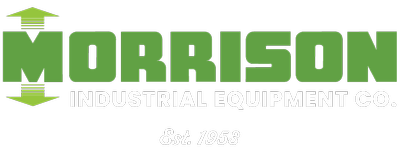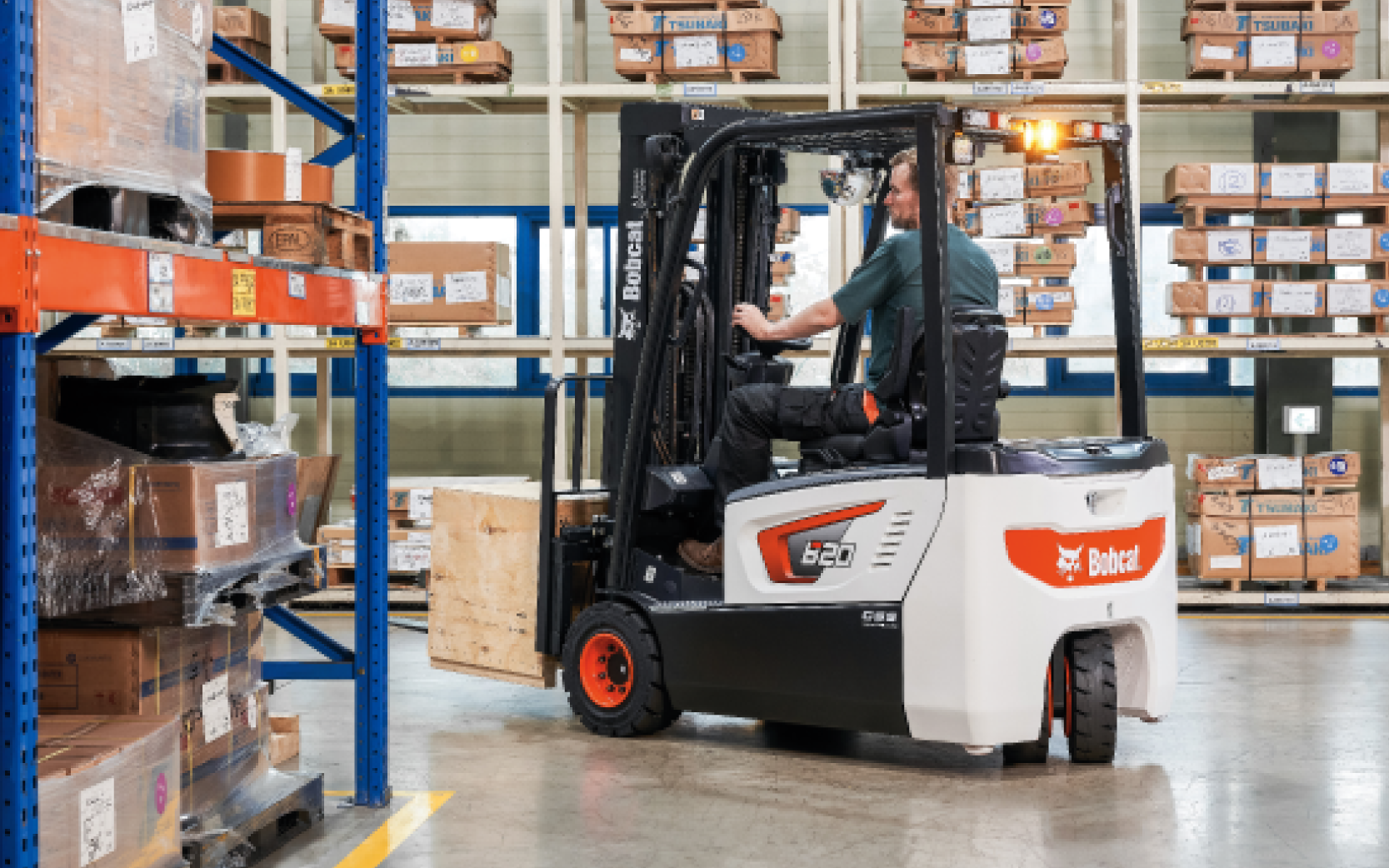Occupational Safety and Health Administration.
For safety and performance
Home » Training OSHA Certification
OSHA Certification and compliance
Understanding OSHA requirements
Ultimately, prevention is the most cost-effective way to address workplace injuries. By investing in additional safety measures, you are mitigating risk by ensuring your employees know how to safely and effectively operate their machinery.
What does OSHA consider a Powered Industrial Truck?
- Sit Down Rider (classes I, IV, V, electric and internal combustion engine)
- Narrow Aisle (class II, electric, order picker, reach truck and stand-up rider)
- Powered Pallet Truck (class III)
- Tuggers (class VI)
- Rough Terrain (class VII)
What is the OSHA requirement?
The operator must be qualified
The employer shall ensure that each powered industrial truck operator is competent to operate a powered industrial truck safely, as demonstrated by the successful completion of the training and evaluation specified.
Prior to permitting an employee to operate a powered industrial truck (except for training purposes), the employer shall ensure that each operator has successfully completed the training required.
Certification
The employer shall certify that each operator has been trained and evaluated as required by this paragraph (l). The certification shall include the name of the operator, the date of the training, the date of the evaluation, and the identity of the person(s) performing the training or evaluation.
Training program implementation
Trainees may operate a powered industrial truck only:
Under the direct supervision of persons who have the knowledge, training, and experience to train operators and evaluate their competence; and where such operation does not endanger the trainee or other employees.
Training shall consist of a combination of:
- Formal instruction (e.g., lecture, discussion, interactive computer learning, video tape, written material),
- Practical training (demonstrations performed by the trainer
- Practical exercises performed by the trainee), and evaluation of the operator's performance in the workplace.
All operator training and evaluation shall be conducted by persons who have the knowledge, training, and experience to train powered industrial truck operators and evaluate their competence.
Refresher training and evaluation
Refresher training, including an evaluation of the effectiveness of that training, shall be conducted as required to ensure that the operator has the knowledge and skills needed to operate the powered industrial truck safely.
Refresher training in relevant topics shall be provided to the operator when:
- The operator has been observed to operate the vehicle in an unsafe manner;
- The operator has been involved in an accident or near-miss incident;
- The operator has received an evaluation that reveals that the operator is not operating the truck safely;
- The operator is assigned to drive a different type of truck;
- A condition in the workplace changes in a manner that could affect safe operation of the truck.
- An evaluation of each powered industrial truck operator's performance shall be conducted at least once every three years.
Training program content
Powered industrial truck operators shall receive initial training in the following topics, except in topics which the employer can demonstrate are not applicable to safe operation of the truck in the employer's workplace.
Truck-related content
- Operating instructions, warnings, and precautions for the types of truck the operator will be authorized to operate
- Differences between the truck and the automobile
- Truck controls and instrumentation: where they are located, what they do, and how they work
- Engine or motor operation
- Steering and maneuvering
- Visibility (including restrictions due to loading)
- Fork and attachment adaptation, operation, and use limitations
- Vehicle capacity
- Vehicle stability
- Any vehicle inspection and maintenance that the operator will be required to perform
- Refueling and/or charging and recharging of batteries
- Operating limitations
- Any other operating instructions, warnings, or precautions listed in the operator's manual for the types of vehicle that the employee is being trained to operate
Workplace-related content
- Surface conditions where the vehicle will be operated
- Composition of loads to be carried and load stability
- Load manipulation, stacking, and unstacking
- Pedestrian traffic in areas where the vehicle will be operated
- Narrow aisles and other restricted places where the vehicle will be operated
- Hazardous (classified) locations where the vehicle will be operated
- Ramps and other sloped surfaces that could affect the vehicle's stability
- Closed environments and other areas where insufficient ventilation or poor vehicle maintenance could cause a buildup of carbon monoxide or diesel exhaust
- Other unique or potentially hazardous environmental conditions in the workplace that could affect safe operation.
Avoidance of duplicative training
If an operator has previously received training in a topic specified and such training is appropriate to the truck and working conditions encountered, additional training in that topic is not required if the operator has been evaluated and found competent to operate the truck safely.
https://www.osha.gov/laws-regs/regulations/standardnumber/1910/1910.178

